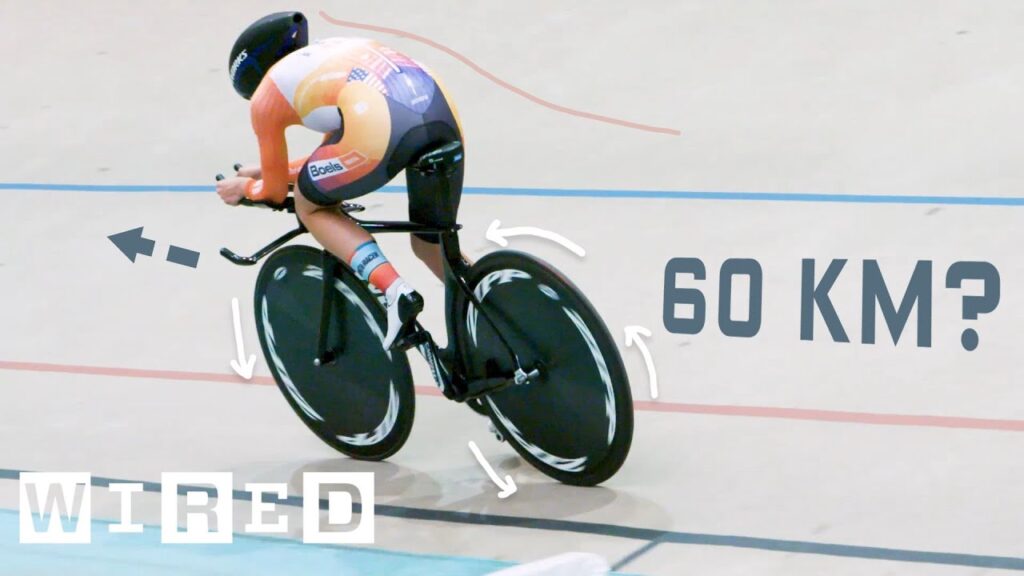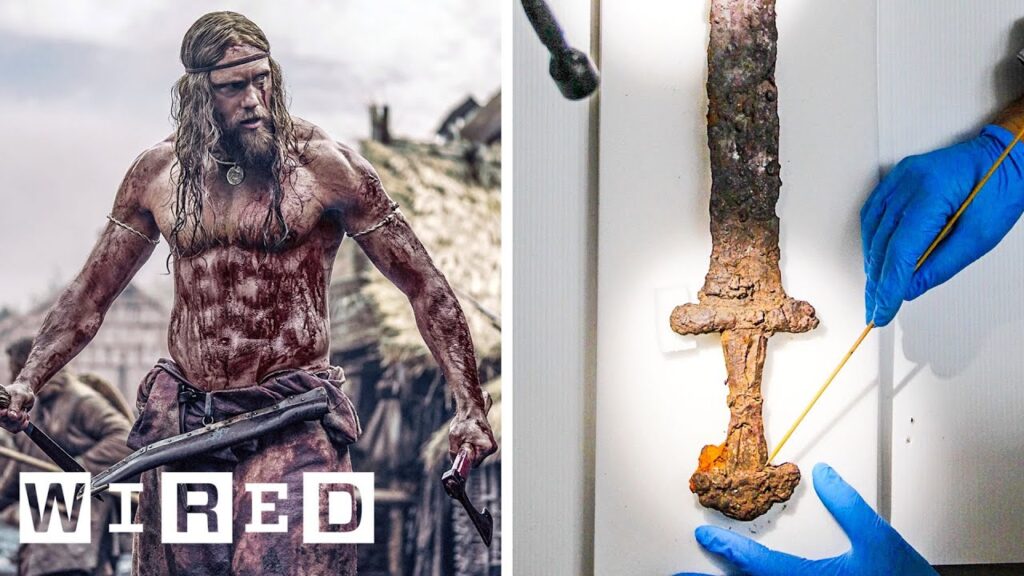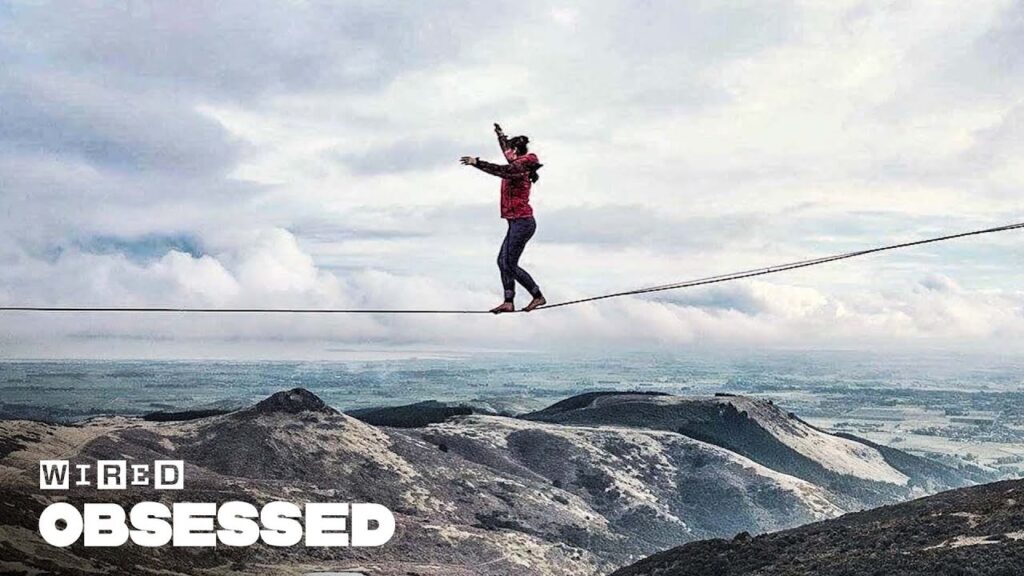Designing Streets for People: A Q&A with Urban Design Expert Claire
Summary
In this Q&A article, architect and urban design expert Claire shares insights on how her firm, WXY, has redesigned three streets in New York City to prioritize the needs of people over cars. From reducing the number of lanes to adding pedestrian crosswalks and green infrastructure, Claire explains how their designs have transformed these streets into more accessible and attractive public spaces.
Table of Contents
- Cooper Union: Redesigning a Confusing Intersection
- Albee Square: Creating More Space for Pedestrians
- Astor Place: Balancing Multiple Functions and Needs
- The Future of Street Design: Prioritizing People
- Conclusion
Cooper Union: Redesigning a Confusing Intersection
Q: Can you describe the challenges that the Cooper Union intersection faced before the redesign?
A: The original street layout only had one lane for cars and limited crosswalks for pedestrians. Over time, the street was widened to four lanes, resulting in a confusing intersection with no clear way for pedestrians to cross safely. Additionally, the focus of the street design was on cars, which didn’t add much to the character of the street and didn’t account for the needs of other modes of transportation.
Q: What solutions did WXY come up with to improve the street design at Cooper Union?
A: We reduced the number of lanes, added pedestrian crosswalks, and limited the direction of traffic to make the street more accessible and safer for pedestrians. This created more sidewalk space, making it easier for people on buses, bikes, and walking to navigate the intersection. By shifting priorities and giving new space, we were able to make the street more attractive and a better fit for the current needs of the community.
Albee Square: Creating More Space for Pedestrians
Q: What were some of the main issues that the Albee Square intersection faced before the redesign?
A: Albee Square had a lot of pedestrian traffic, but there wasn’t enough space to accommodate it. Many of the sidewalks were narrow due to the historic nature of the area, and the streets were not wide enough to serve the needs of all modes of transportation.
Q: How did WXY approach the redesign of Albee Square, and what were the main changes made to the street design?
A: We removed a street to create a larger public space and better connect the island to the surrounding sidewalk. This created more room for pedestrians, improving safety and accessibility. The area now includes new green spaces, bike racks, and infrastructure, making it a more attractive and welcoming space for people.
Astor Place: Balancing Multiple Functions and Needs
Q: What were some of the design challenges that WXY faced when working on Astor Place?
A: Astor Place is a complicated intersection with multiple streets converging, including several narrow, historic streets. There was a lot of pedestrian and bus traffic, but the existing design didn’t accommodate these needs effectively. Flooding was also a concern during heavy rains.
Q: How did WXY approach the redesign of Astor Place, and what were some of the key changes made to the street design?
A: We added more green infrastructure to help manage flooding, along with bike racks and larger sidewalks to improve accessibility. We also adjusted the curb line to improve the overall look and feel of the street, balancing the needs of buildings and pedestrians to create a more cohesive and attractive space.
The Future of Street Design: Prioritizing People
Q: How do you see the role of street design evolving in the future, and what trends do you anticipate?
A: We believe that the focus of street design will continue to shift toward prioritizing the needs of people over cars. This means creating more space for pedestrians, bikes, and other modes of transportation, and integrating green infrastructure and other sustainable design elements. We also expect to see an increased emphasis on creating public space and making streets more accessible and inviting for everyone.
Q: How important is community engagement in the street design process, and how do you involve the community in your work?
A: Community engagement is critical to our work, and we always strive to involve community members in our design process. This includes speaking with local stakeholders, hosting public meetings and workshops, and gathering feedback and input from the community at every stage of the design process. By involving the community in our work, we are better able to ensure that our designs meet their needs and are a good fit for the surrounding area.
Conclusion
Designing streets that prioritize the needs of people over cars is a complex and challenging process, but one that is increasingly important in the modern urban landscape. By creating more space for pedestrians, integrating sustainable design elements, and involving the community in the design process, architects and urban designers like Claire and her team at WXY are transforming streets in cities like New York into more accessible, attractive, and inviting public spaces for everyone.







